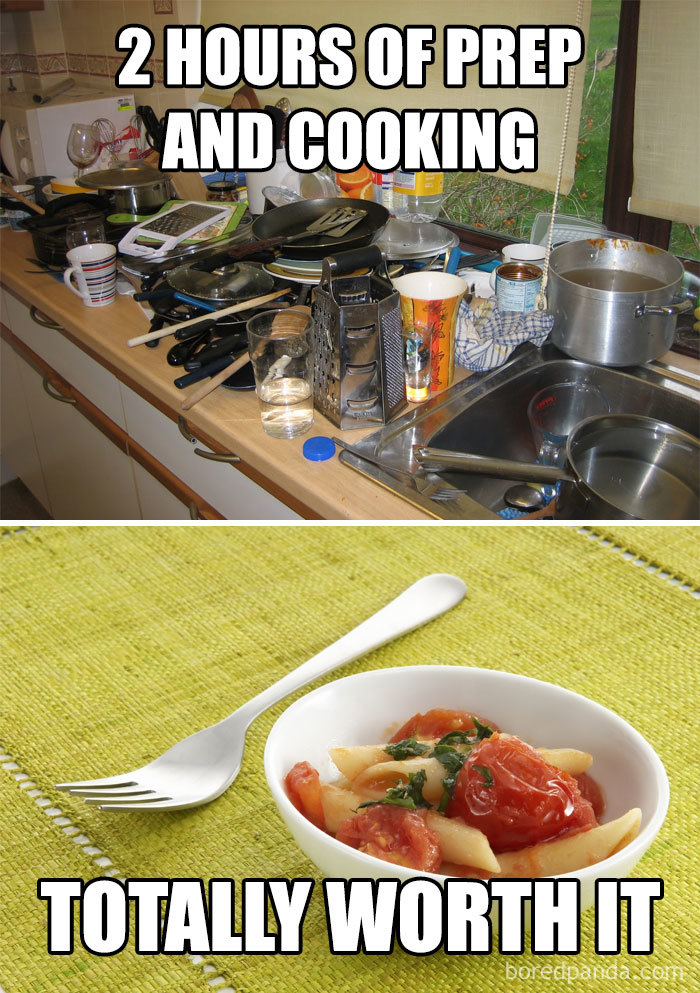How to Date Mark Ready-to-Eat TCS Food
How to Date Mark Ready-to-Eat TCS Food
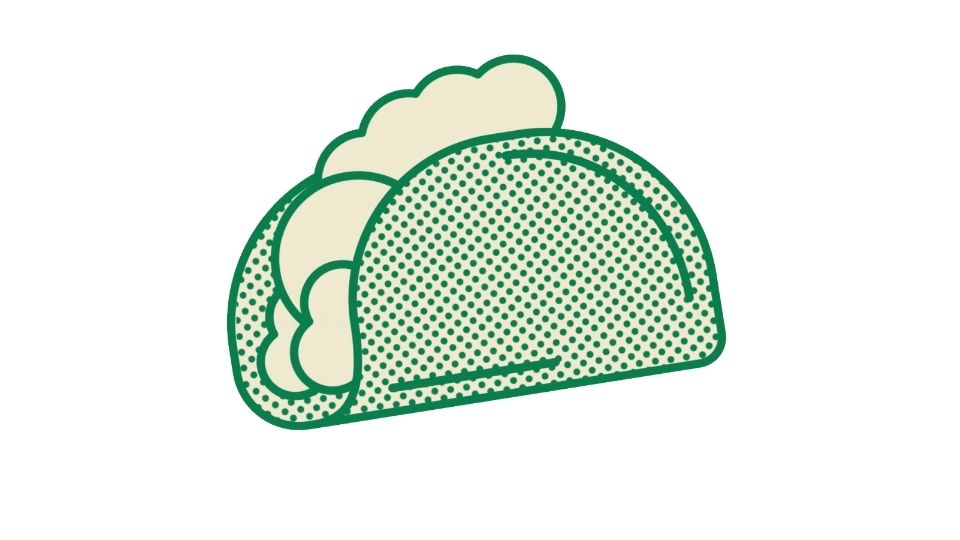
Ever tried playing “guess the expiration date” with leftovers in your fridge?
Let me tell you, it’s way less fun than it sounds.
Date marking your ready-to-eat foods isn’t just some rule food inspectors made up to torture restaurant owners. It’s actually one of the simplest ways to prevent food poisoning and keep your customers coming back instead of rushing to the hospital.
What the Heck is Date Marking and Why Should You Care?
So what exactly are we talking about here? Any ready-to-eat TCS food (Time/Temperature Control for Safety) that’s going to hang out in your refrigerator for more than 24 hours needs a clear “use by” date.
Why? Because bacteria like Listeria monocytogenes doesn’t care about your profit margins – it just wants to multiply in your food and make people sick.
What Counts as Ready-to-Eat TCS Food?
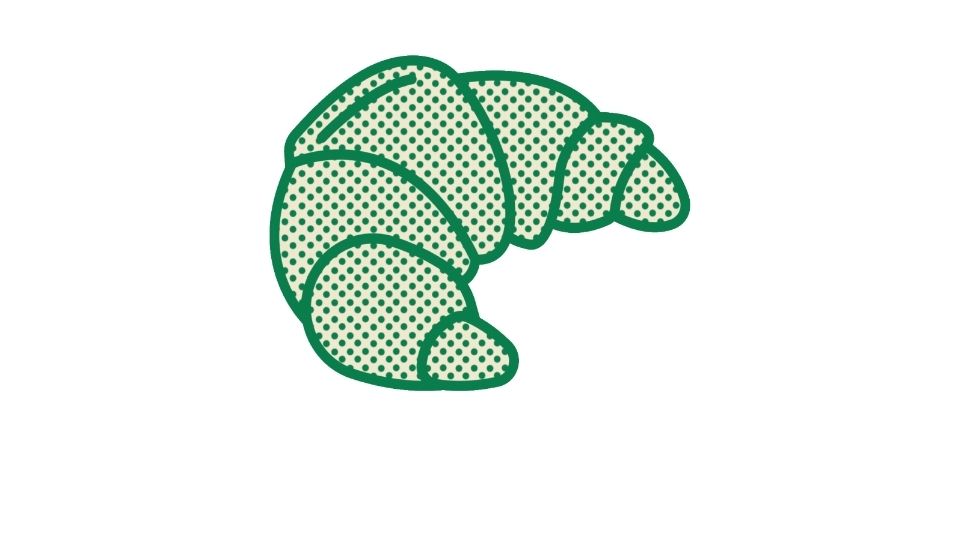
These are foods that:
- Won’t get cooked again before someone eats them
- Could grow dangerous bacteria if not handled correctly
Some examples include:
- That chicken salad you made yesterday
- Sliced deli meats (yes, even the fancy prosciutto)
- Soft cheeses like brie (sorry, cheese lovers)
- Cooked rice and pasta
- Cut melons and tomatoes
Basically, if it’s perishable, prepared, and ready to eat without further cooking, it probably needs a date label.
Why This Matters More Than You Think
Listen, I’m not trying to scare you, but date marking is literally a matter of life and death.
Each year, foodborne illnesses affect about 48 million Americans, with 128,000 hospitalizations and 3,000 deaths. Many of these could be prevented with basic food safety practices like proper date marking.
But besides keeping people alive (which, you know, is pretty important), date marking also:
- Keeps health inspectors happy and off your back
- Reduces food waste by improving inventory rotation
- Saves you money (throwing away expired food = throwing away profits)
- Builds customer trust (people like not getting sick from your food)
How to Date Mark Like a Pro
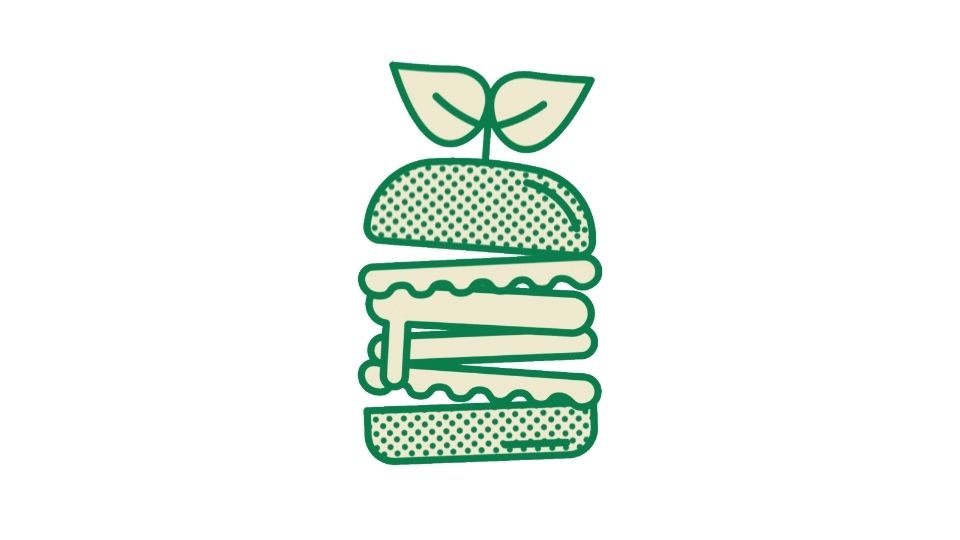
The rules are pretty simple:
- Label all qualifying foods that will be stored for more than 24 hours
- Include preparation date AND discard date (not just one or the other)
- Set the discard date at maximum 7 days from when you prepared or opened the food
- Count Day 1 as the day the food was prepared or opened
- Keep food at 41°F or below the entire time
The 7-day maximum isn’t random – it’s based on scientific research about how long it takes harmful bacteria to grow to dangerous levels at refrigeration temperatures.
Date Marking Examples That Actually Make Sense
Here’s how I’d label some common foods:
| Food Item | Prepared On | Throw Away After | | --- | --- | --- | | Tuna Salad | Monday 4/5 | Sunday 4/11 | | Sliced Turkey | Wednesday 4/7 | Tuesday 4/13 | | Cooked Pasta | Friday 4/9 | Thursday 4/15 |
Pro tip: Use a consistent format for all your labels. If your staff has to decode different dating styles, you’re asking for trouble.
Making Date Marking Actually Work in Real Life
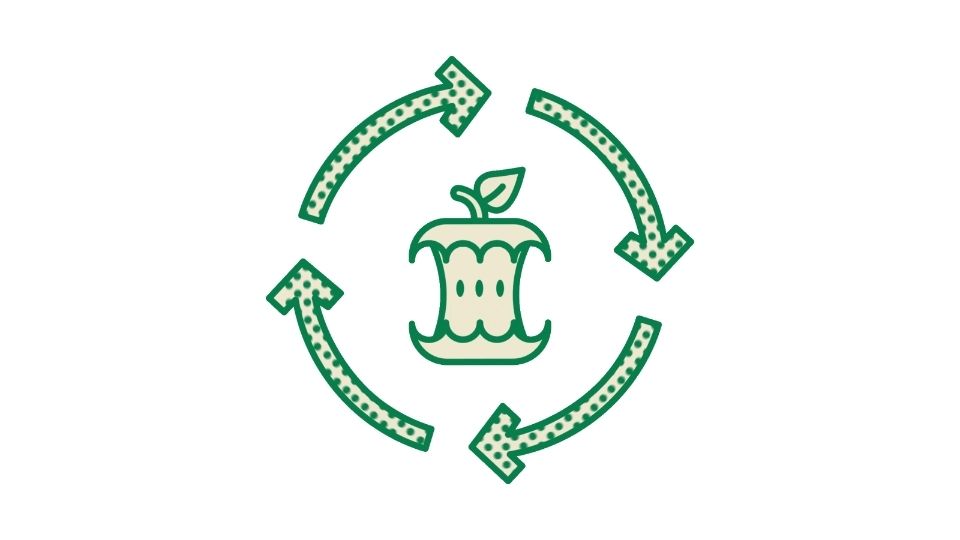
Let’s be real – knowing the rules and actually following them are two different things. Here’s how to make date marking stick in your operation:
- Use waterproof labels that won’t smudge or fall off (cheap labels = cheap safety)
- Train EVERYONE on proper date marking (even that part-time dishwasher)
- Check labels daily as part of your opening procedures
- Use color-coding for different days of the week to make expired items jump out visually
- Follow FIFO (First In, First Out) religiously – use older products first
Research from the Journal of Food Protection shows that restaurants with good date marking practices have significantly fewer food safety violations overall. It’s a simple habit that pays off big time.
What Foods Get a Pass on Date Marking?
Not everything needs a date. Some foods are naturally resistant to bacterial growth or have their own preservation methods:
- Hard cheeses like parmesan
- Live cultured foods like yogurt
- Commercially prepared dressings (until opened)
- Shelf-stable, dry fermented sausages
But when in doubt, date mark anyway. Better safe than sorry (and shut down by the health department).
Tech to the Rescue: Digital Date Marking
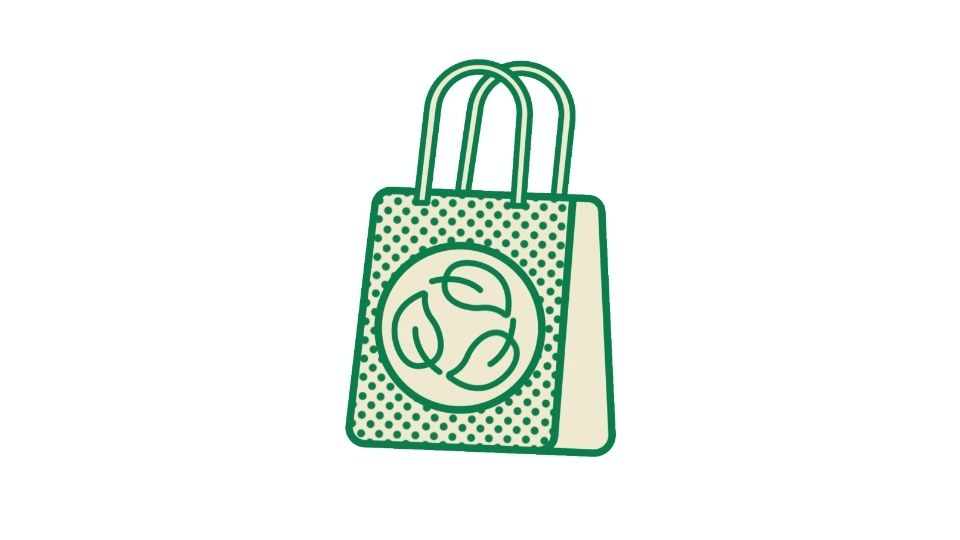
If you’re still using masking tape and Sharpies for date marking, you’re living in the past (though it still works!).
Digital food safety systems like FoodDocs can automate your date marking with:
- Printed labels that look professional
- Alerts for soon-to-expire items
- Digital records for health inspections
- Integration with inventory management
These systems aren’t just fancy toys – they can reduce food waste by up to 25% while improving compliance.
The Bottom Line
Date marking is like flossing – not the most exciting thing in the world, but skip it and you’ll regret it later.
It takes minimal effort, costs almost nothing, and could literally save lives (and your business). And unlike complicated HACCP plans or allergen management, it’s something any food operation can implement tomorrow.
So grab your labels, set a standard system, and start marking those dates. Your customers’ stomachs (and your health inspector) will thank you.
Remember: When in doubt, throw it out! A few dollars of wasted food is NOTHING compared to the cost of making someone sick.
Want more posts like this?Sign up for our FREE newsletter →
